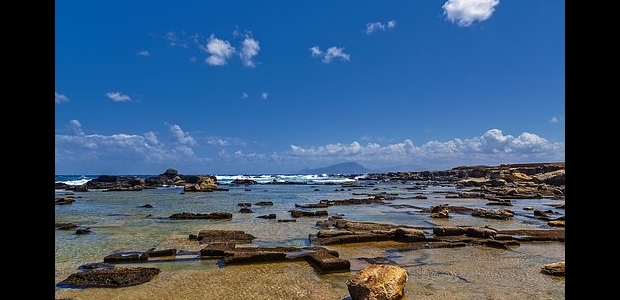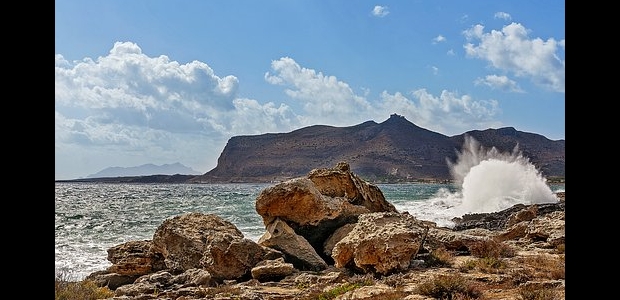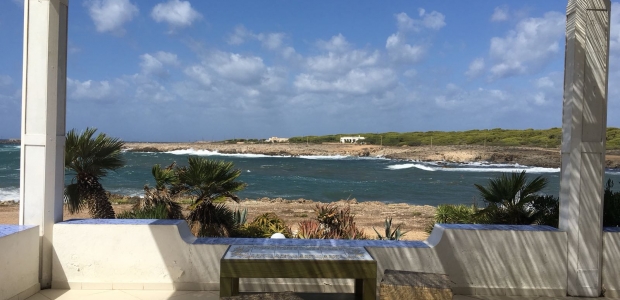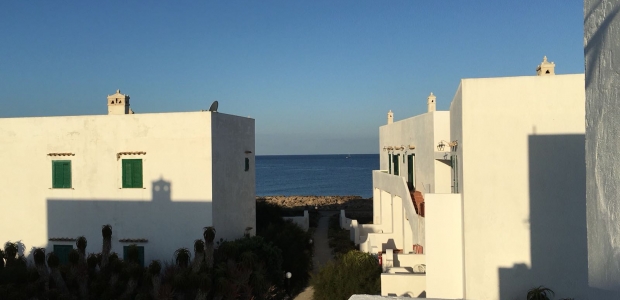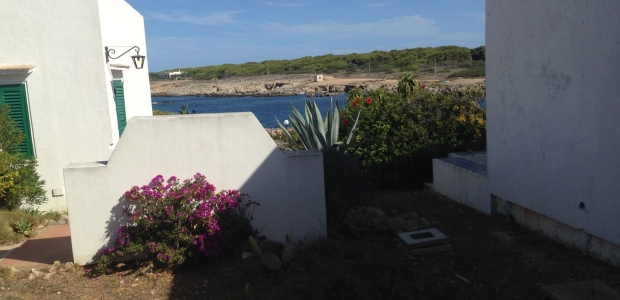Languages
And suddenly the Landing of Ulysses appears
Continuing to walk quietly, but with care, as required by the kind of excursion we are doing, there appears in front of us the Village "L'Approdo di Ulisse", showing us its architectural style. Its white houses, immersed in the beautiful and fragrant pine forest that surrounds them, do not disturb the landscape, rather they fit perfectly into the silent atmosphere of this place. By now many people in search of the true roots of Mediterranean civilization, is headed here because the near Mothia, Erice, Segesta and Selinunte are inexhaustible source for those who had a thirst for culture.
The name of the Tourist Village does not have a merely advertising purpose. Instead it refers to a precise theory about Odyssey: in fact according to the nineteenth-century English scholar Samuel Butler, Favignana (Aegusa) would be the Homer
"goats island", the place where Ulysses landed with his companions to stock up on food. (Odyssey Book IX verses 118-119).
In support of this intuition, Butler reports an in-depth study which reveals inconsistencies between the descriptions of the Odyssey sites and the Greek islands and many similarities with our territory.
For example, the cave of Polyphemus would be located at the Mount Erice slopes (Odyssey Book IX verses 116-117); the Ants islands would be the boulders thrown by the Cyclops against the Ulysses ship; Trapani would coincide with Scherie, the Phaeacians city; and Marettimo would seem to be the place where Homer was inspired to describe Ithaca (Odissea Book V verses 381). What is really surprising is that, according to the scholar, the Odyssey author would not be a man (Homer), but a woman and, presumably, the Feace Nausicaa.
The first antiquity novel would then describe, in reality, a journey around Sicily. A modest personal consideration, which could support the hypothesis of Samuel Butler, is that which is revealed by what Ulysses says describing the death of the Proci. Thus he expresses himself:
"... in the blood and in the dust they had fallen ... similar to tuna fish that the fishermen in the bosom of the curved beach (Favignana? San Cusumano di Bonagia?) they have drawn with the thousand holes net, out from the gray sea ... so they were sprawled on one another "(Odyssey Book XXII).
It seems to me that there is described here an image referable to the ‘mattanza’ and to the sight of the tuna caught, when they are poured in bulk into the "vessels" ready to be taken ashore. But where could Ulysses have seen such scenes and where, from time immemorial, this type of fishing takes place? Surely in the area of Trapani (see the drawings of the Paleo-Neolithic cave "Del Genovese" in Levanzo, 6000 BC)!
Very few news are, however, of such traditions in the Aegean Islands, both from the point of view of the "bluefin tuna" and the presence of tuna along their coasts. So why not think that Ulysses (Homer, or Nausicaa) was just a character who lives and moves in the geographical context of the extreme west coast of Sicily? I think it would be worth doing some research or even a thorough investigation in this direction, because a lot could come out. ....!
Published in
Testimonianze del dott. Umberto Rizza direttamente da Favignana
About the author

Umberto Rizza
UMBERTO RIZZA nato nel 1946 da genitori Favignanesi, si è laureato in Farmacia nel 1972 ed ha esercitato questa professione a Favignana. Nel 1984 si è avvicinato alle scienze naturopatiche. Nel 1992 ha aderito all'ASSIRI, acquisendo il diploma di iridologo, e nel 1998 ha fondato, assieme a personaggi illustri, l' ISIr: l'unica Associazione Iridologica Italiana a carattere europeo, di cui ha licenza professionale. Nel 1999 ha inoltre conseguito il diploma in fioriterapia (Fiori di Bach ). Naturalista convinto, ha svolto una ricerca sulla flora dell'isola egadina estrapolando, dalle circa 600 specie in loco, 91 varietà dalle capacità fitoterapiche, volendo così testimoniare che Favignana non è affatto, come molti sostengono, un'isola brulla e arida.
